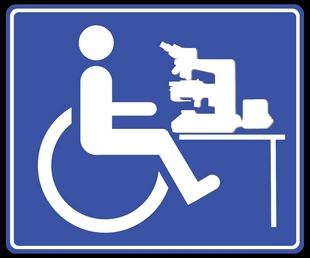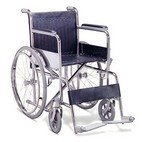$18,000 For A Wheelchair and No User's Manual!
 Gripes: What gives? You buy an $18,000 automobile and in the glove compartment you find a users manual and maintenance schedule. You buy a $20 toaster and you get a users manual in 2+ languages, instructions in proper use, safety warnings and a list of repair centers. You fork out $18,000 for a wheelchair and what do you get? Nada! No instruction manual, no parts list, no written warranty - Not even a scrap of paper! Nada!
Gripes: What gives? You buy an $18,000 automobile and in the glove compartment you find a users manual and maintenance schedule. You buy a $20 toaster and you get a users manual in 2+ languages, instructions in proper use, safety warnings and a list of repair centers. You fork out $18,000 for a wheelchair and what do you get? Nada! No instruction manual, no parts list, no written warranty - Not even a scrap of paper! Nada!The battery powering the motor - how long do I charge for? Some batteries last longer if they are almost fully drained of power before recharging. Is this one of them? Do I recharge nightly or only when empty? The fuse blew - what type, what amperage, where is it located? A part broke - Rather than phone up and tell the service department that I need a Part#10053a, I’m left telling them that the do-hickey fell off the thing-a-ma-jig and damaged the what-cha-ma-call-it - can I get another. Service department? Had to play phone tag searching for the appropriate phone number for service. Who do I call when I have trouble? What if I break down on the town? ….and just what does my warranty cover and when does it expire.
Just this company? No, ordered a manual wheelchair from another company and again, no manual - how do the leg supports come off? The brake levers poke up my ass when I transfer - oh, they come off for transferring?? How am I suppose to know??
Put in an order for a specific wheelchair model from a specific company and am told it will take 2 weeks to deliver. Two months later, no chair. When delivered it is the wrong chair model from the wrong manufacturer. Still have the wrong seat cushion even though the specific type of cushion is clearly written on the requisition. Do they care???
"Give me your money, then get lost!!!"
Critical medical equipment and they can’t throw in an owner’s manual. I guess if they have to be called out for a service call, they can justify in charging $$ for the service call. That is, once they deliver the correct model with correct accessories.
* * *







.jpg)


